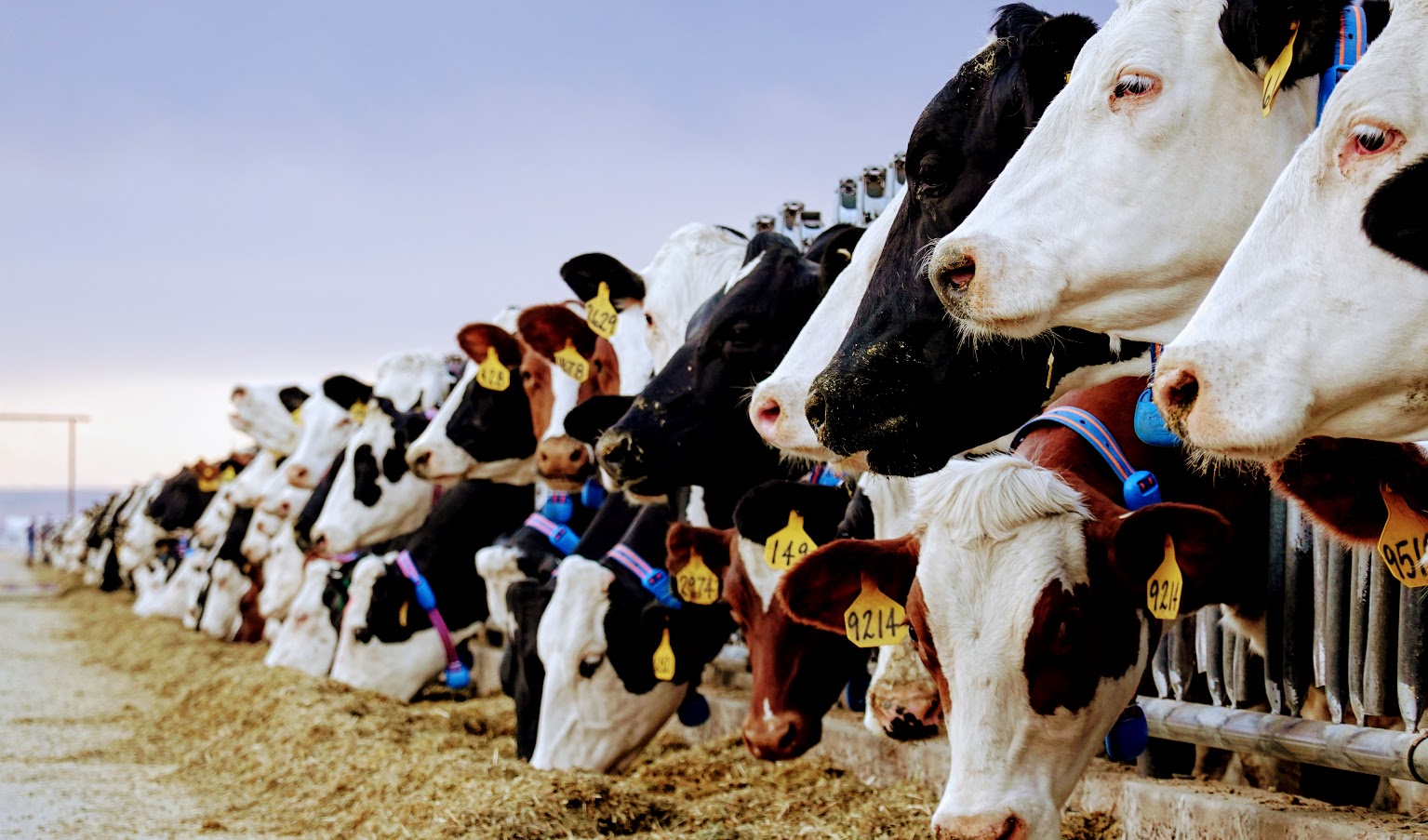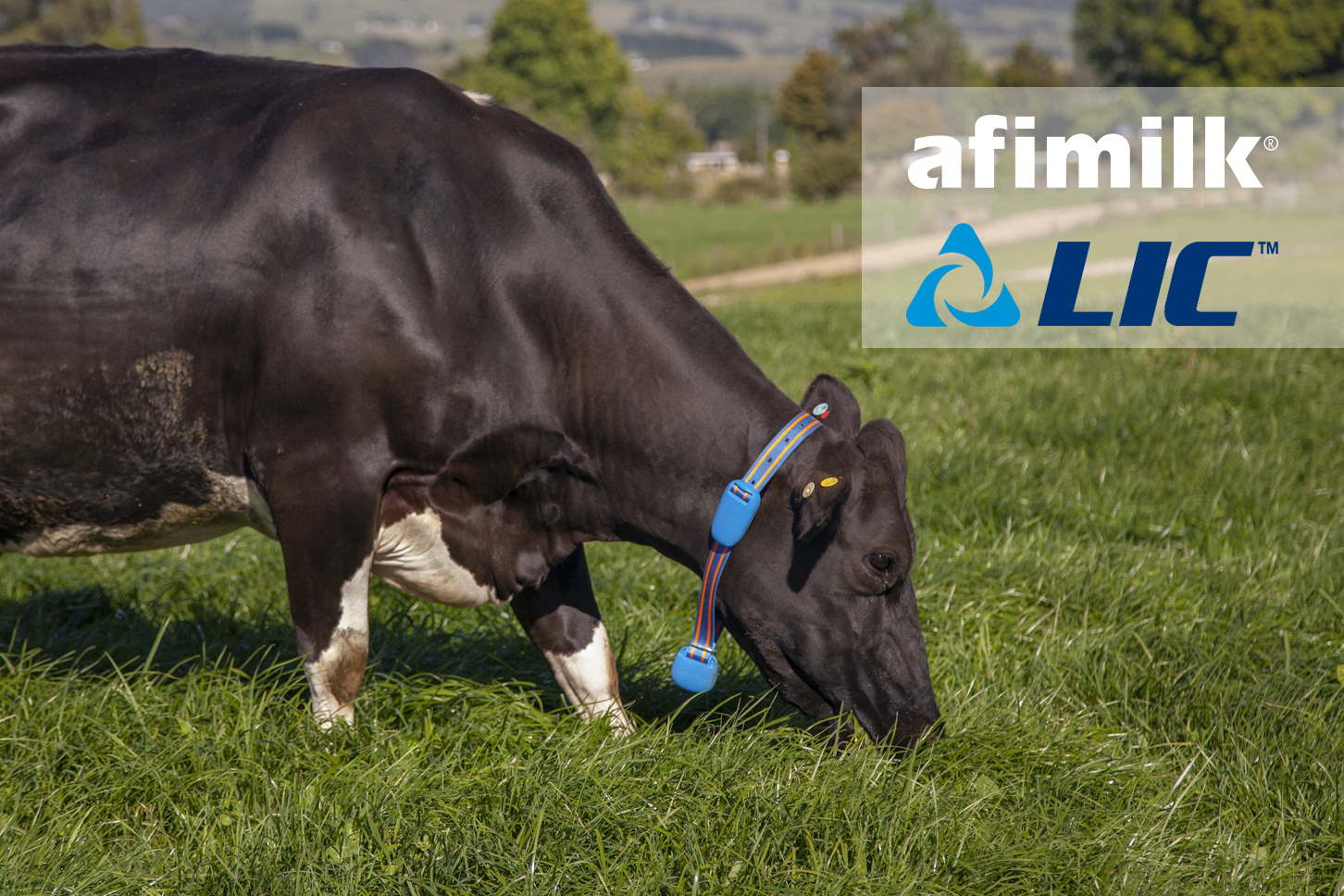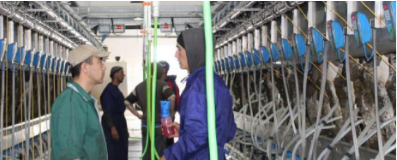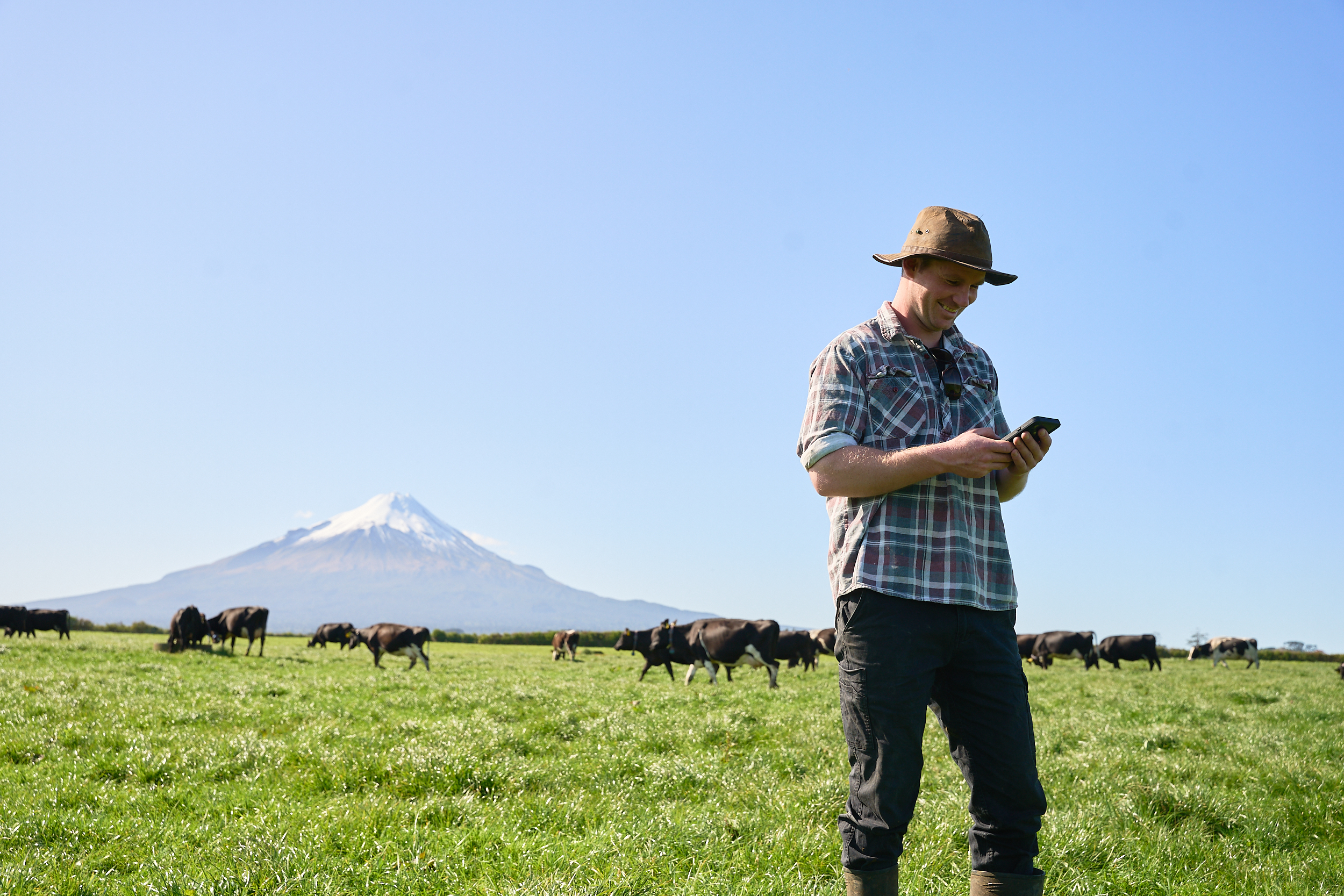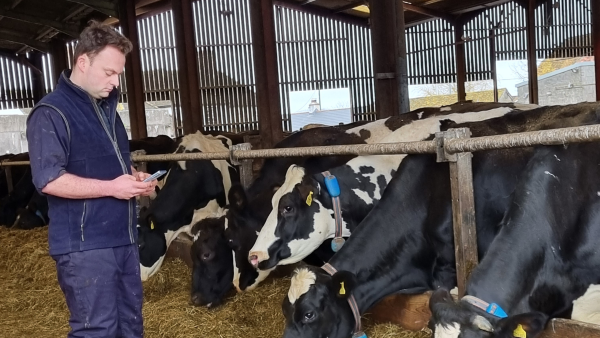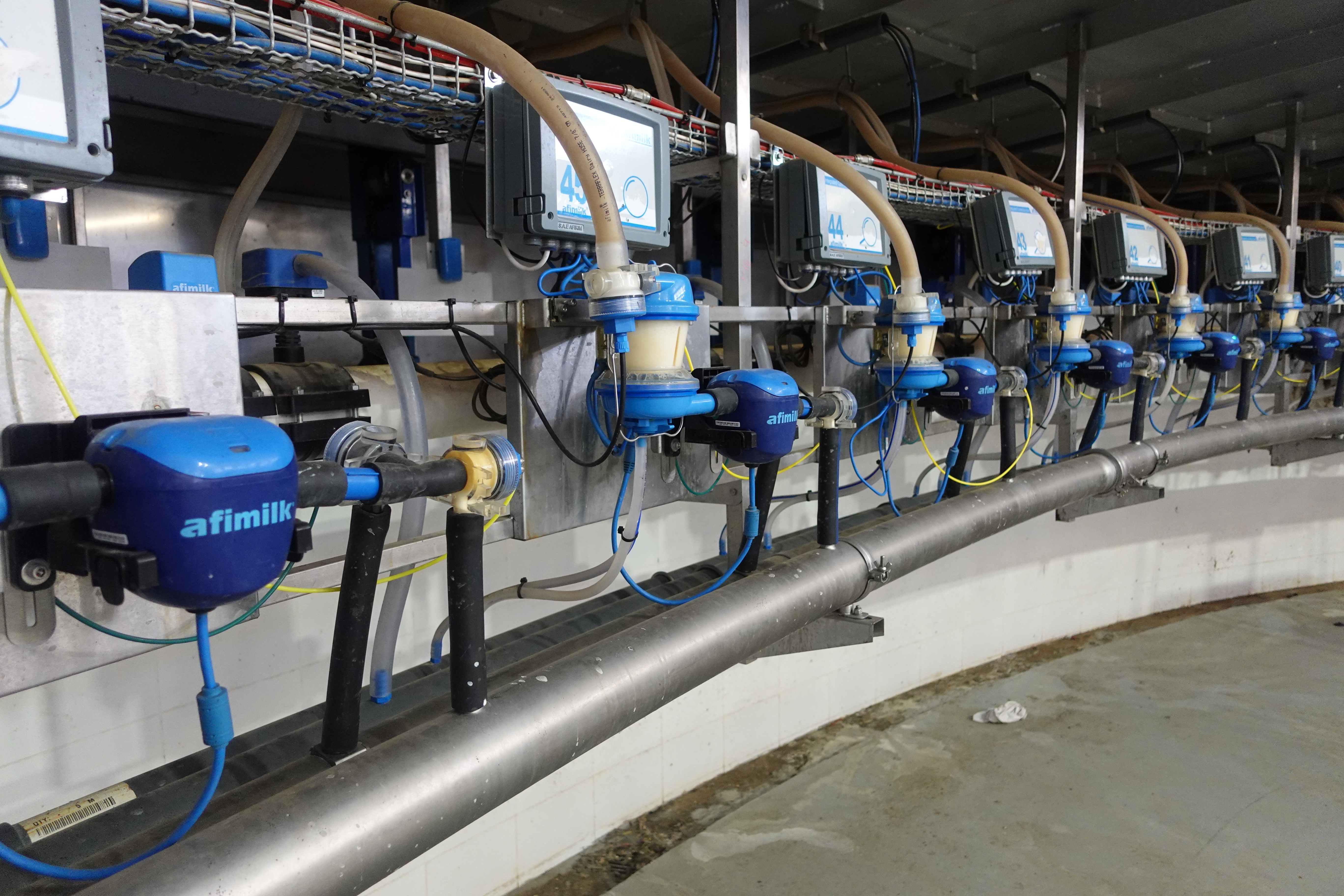As a farmer, you may know every cow in your herd by sight. You may even have named them all and know each one’s individual quirks and habits. While there are tremendous benefits to monitoring each cow individually – especially when it comes to fertility – there are situations when group monitoring is equally as important and more efficient. Rather than sifting through the analysis of hundreds of individual cows, information at a group level can provide huge insight to a farmer. Specifically, data about group eating and rumination can lead to early detection of health and nutrition issues and can also be a tool for decision making. Both reacting to the identification of potential problems and proactively making better decisions will lead to a more efficient and productive farm. And, after all, that is the goal!
In this blog post, we will first discuss group monitoring as it relates to health and nutrition and then we will explore how the same system can be used to inform decisions farmers make every day.
Groupthink: Identifying Health & Nutrition Issues
Healthy cows who are let out to graze in the pasture typically spend 8-10 hours a day eating and 7-8 hours a day ruminating. TMR cows usually spend 3.5-5 hours a day eating and also 7-8 hours ruminating. Knowing the average times that the cows should be spending on these activities means it’s relatively easy to identify potential illness or other distress. By continuously monitoring each cow, you have the raw data as to how long each one eats and ruminates every day.
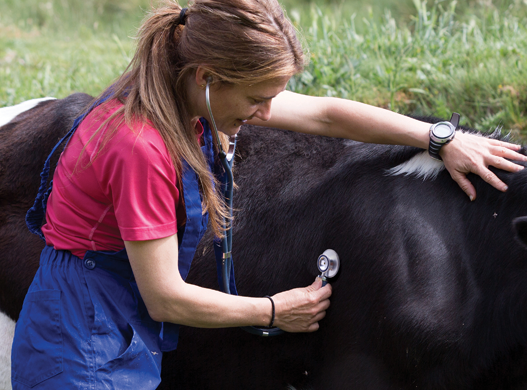

When you use cow monitoring software, the data can be aggregated and averaged out to show you how the herd – or smaller sections – is functioning as a group. A day in the life of a cow when she is not being milked consists of a cycle that looks like this:
You Can’t Fix What You Don’t See
Much like a very hungry person, the last thing a healthy cow will do is give up on their meal! This means that when there is a drop in the amount that a cow is eating – and therefore ruminating – you know there is a problem that must be investigated. It is, of course, possible that when one cow eats less for one day, it could just be an off-day. What is important is to look for trends, and that is where monitoring cows as a group is effective. You’ll be able to see whether the amount of time spent on eating and/or ruminating across the group as a whole has declined. If so, you can look into the reasons why, which are likely to be one of the following:
- Contents of the Food – TMR cows are fed what is meant to be the ideal mix of nutrients for their needs. But, the way that the ingredients are mixed together can impact the cows’ abilities to digest and then ruminate. A decrease in rumination may indicate a problem with the quality of the ingredients, the ratios of the different types of foods, or even whether the final product is chopped too finely (or not finely enough).
- Access to Feed – If a large group of cows is being fed at once in a small area, the cows may not be getting equal access to the food. The pushier and more aggressive cows will get to it first and will eat more, while the more timid cows will get what’s left, resulting in a decline in the amount these cows are eating. In addition, if the cows are being jostled out of the way by each other, they will eat faster when they do finally get to access the food and that can reduce rumination as well.
- Quantity of Food – It’s also possible that the cows are eating less because they simply are not being given enough food. This can happen if there is a schedule change and they are fed less frequently than before. Or if more cows were added to a particular group but the amount of food provided was not adjusted accordingly.
- Health or Other External Issues – As eating and rumination are key indicators of cow health, a decrease in either of these measurements across a group as a whole can indicate a widespread health problem. The most likely culprit is heat stress, particularly if there has been a sudden change in weather and an increase in temperature.
A group monitoring report will alert you to detect a change in the average eating and rumination time of each group of cows. Once you receive an alert, you can then investigate and try to determine where the problem lies and then fix it.
If you do not have a cow monitoring system in place, you may not pick up on subtle changes in eating and rumination patterns across the herd. Failure to identify a decline in rumination at the right time may result in the situation deteriorating to the point that milk production declines or severe illness develops. This, of course, will impact the cow’s quality of life and also the productivity and bottom line of your farm.
Nutrition is extremely important for cows, and provides the foundation for the production of healthy milk in copious quantities. If a cow is not eating enough and you don’t pick up on the problem, you will eventually see a decline in both milk volume and quality. The milk of undernourished cows contains less fat and less protein and is therefore less desirable on the market.
Early detection of problems is often the difference between a quick fix with minimal impact and suffering the consequences of longer term damage.
Be Proactive & Make Better Decisions
While group monitoring can be a lifesaver when it comes to detecting potential wellness challenges, it can also be used to support and inform every-day business decisions. As a farmer, you are constantly making decisions that impact your work and the efficiency and productivity of the farm. A tool that measures eating and rumination at the group level will elevate your decision-making from the realm of guesswork to that of informed decisions backed by data.

You can use group monitoring to create a test lab for verifying the outcome of certain decisions. For example, let’s say a distributor offers you a brand new food mix with promises that cows who eat this food will show a huge increase in rumination and boost in health. You can verify his claims before spending money by testing the food out on one group of cows while keeping the other groups on their regular food. The data you collect from your cow monitoring system will show you, in black and white, whether the new food is really all it’s touted to be
This is just one of many use cases for such a tool which can lead you to see huge returns on investment. Just think – you purchased a cow monitoring system with the intention of tracking the existing situation, but you can actually also use it to test ways to improve!
To learn more about group cow monitoring, click here
